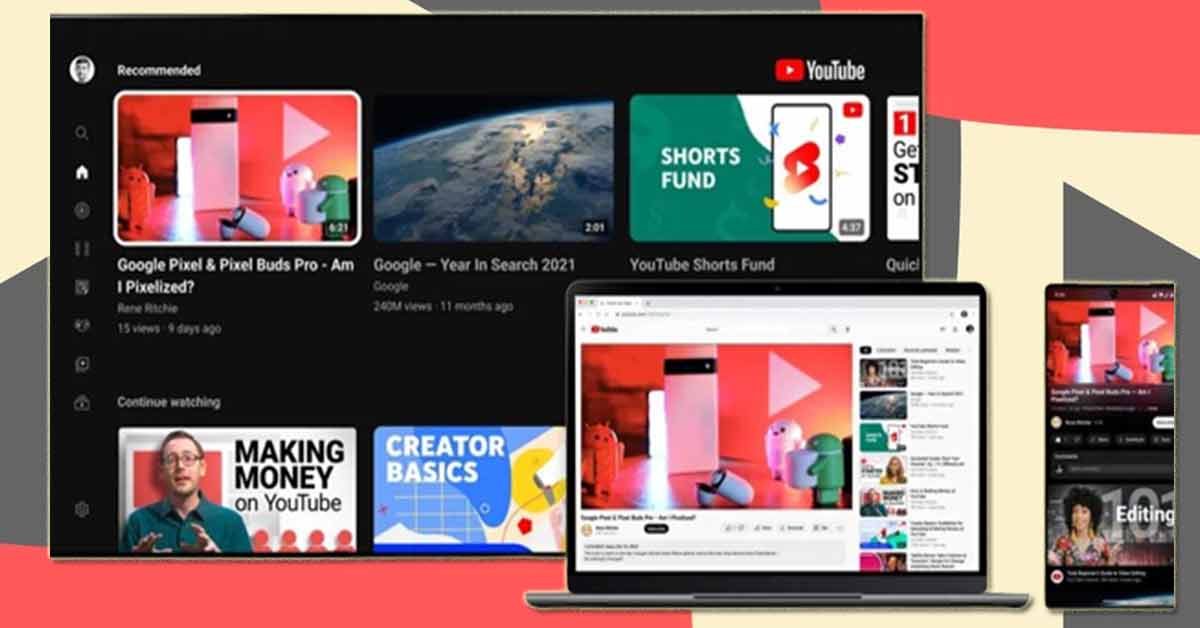YouTube, the behemoth of the online video-sharing world, has been through quite a journey in the tech industry. Over the years, it has grown to become one of the most widely used platforms globally, but recent decisions have raised eyebrows and sparked debates among its users.
First, let me ask you a question. Did you notice the rounded corners on youtube.com?
YouTube, founded in 2005, has been around for nearly two decades. It started as a simple platform for sharing user-generated videos but has since evolved into a multimedia giant that hosts content ranging from entertainment to education.
How Big Youtube is?
In the social media landscape of 2023, YouTube is a heavyweight contender, holding the title of the second biggest social media platform on the planet. With a staggering 2.7 billion active users, it's only slightly overshadowed by the giant Facebook, which boasts 2.9 billion active users worldwide. Speaking of numbers, there's a whopping 4.9 billion active social media users across the globe. That means a significant 55.10% of these users are tuning in to YouTube regularly.
Recently, YouTube made a design change that could have sat better with many of its users. They introduced rounded corners to videos on the web, a move that was met with criticism and mixed reactions. The redesign aimed to create a more modern and streamlined look, but only some were on board with this decision.
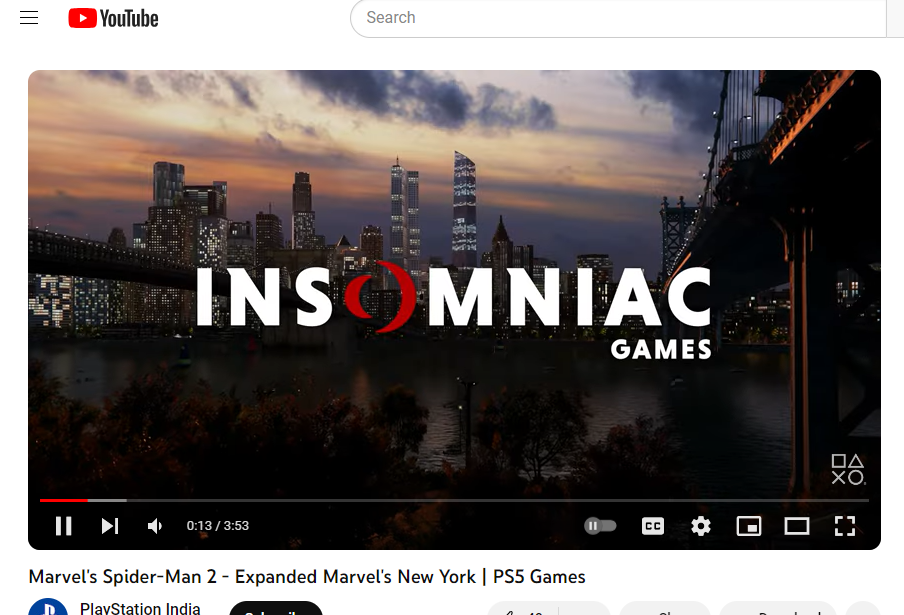
Initially, when YouTube confirmed the change for desktop versions a few weeks ago, there was no mention of it making its way to mobile apps, including the YouTube Android app. However, the folks at YouTube had a change of heart. The platform is now actively working on bringing the controversial rounded corners to its Android app as well.
One of the most noticeable aspects of the redesign is the empty white space that now surrounds video thumbnails. Many users preferred the previous rectangular video thumbnails that extended to the width of the screen. This change was noticed, and it's a clear example of how YouTube's redesign is not limited to just the video player but also affects the overall user interface.
As of now, the redesign isn't rolling out widely, as some users have yet to see it on their devices. However, much like the desktop version's recent overhaul, we can expect the rounded corners to start appearing on the YouTube app for Android over the next few days or weeks.
It's not just the video thumbnails that now sport rounded corners. The desktop version also features rounded corners in the suggestions panel on the right-hand side.
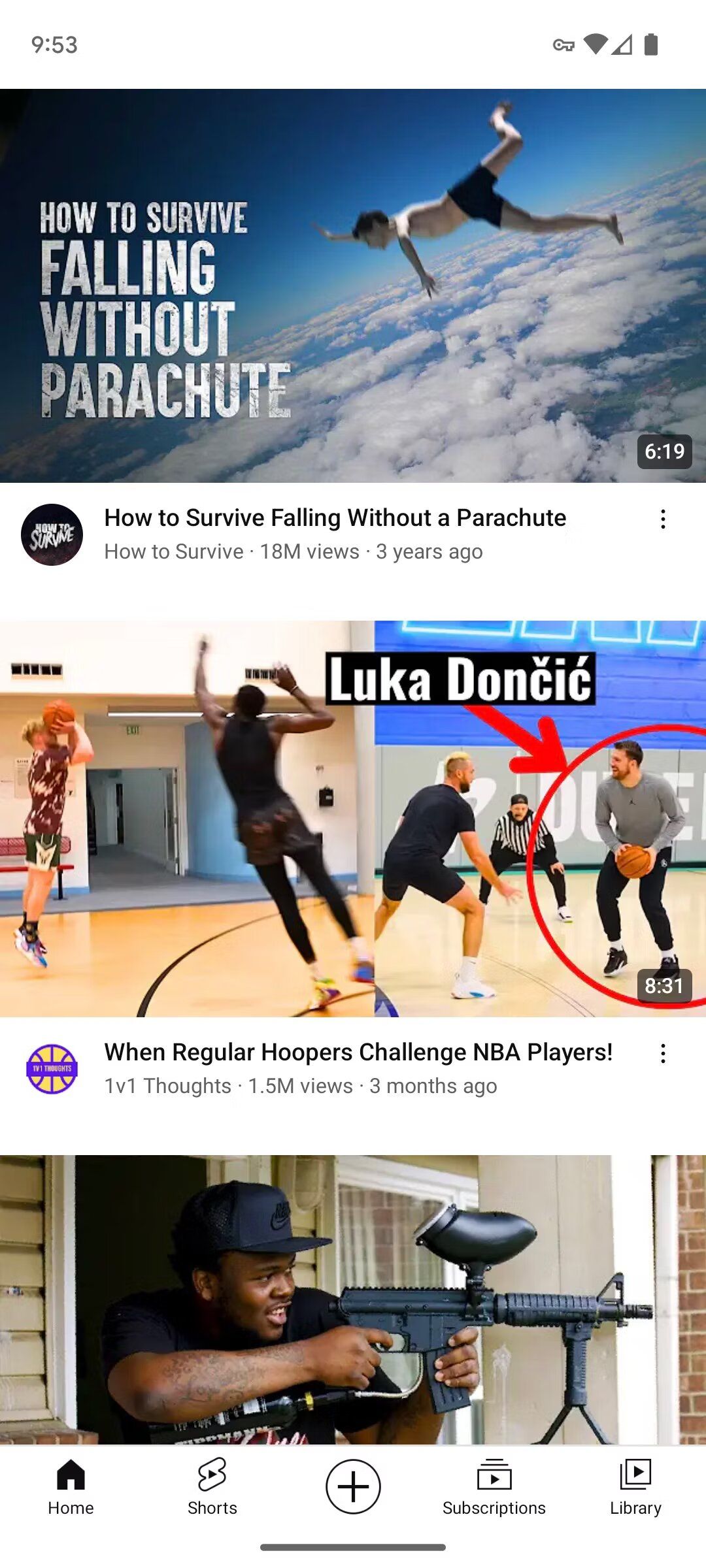
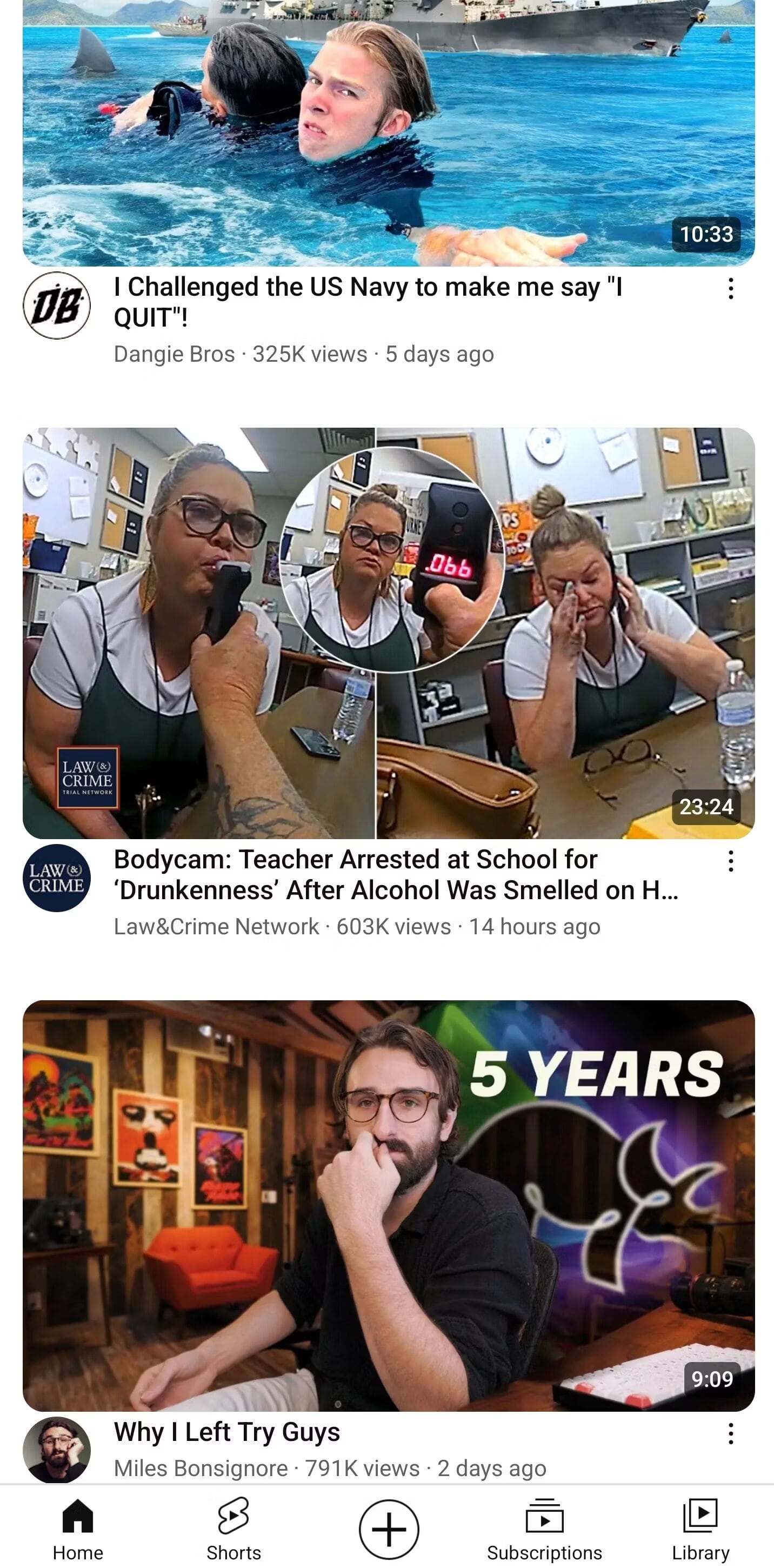
This indicates that YouTube is committed to applying this design element consistently throughout its platform. However, it's worth noting that rounded corners do not appear when you're in full-screen or Theater mode, preserving the immersive viewing experience.
YouTube's journey in recent times has been wider than design changes. The platform, owned by tech giant Google, has been actively combatting the use of adblockers, particularly for non-paying customers. While this may seem like a necessary step to ensure revenue for content creators, the methods employed by YouTube have faced their fair share of criticism.
The first sign of YouTube's stance against adblockers emerged around the time of Google I/O. Users encountered the first anti-adblock warning, signaling a new era of stricter ad policies on the platform.
Shortly after, YouTube introduced a three-strikes policy that penalized users for employing ad blockers. This was followed by the implementation of a timer for non-paying customers, urging them to get a Premium subscription to bypass these restrictions. These measures aimed to ensure that users watched ads, but they also stirred controversy.
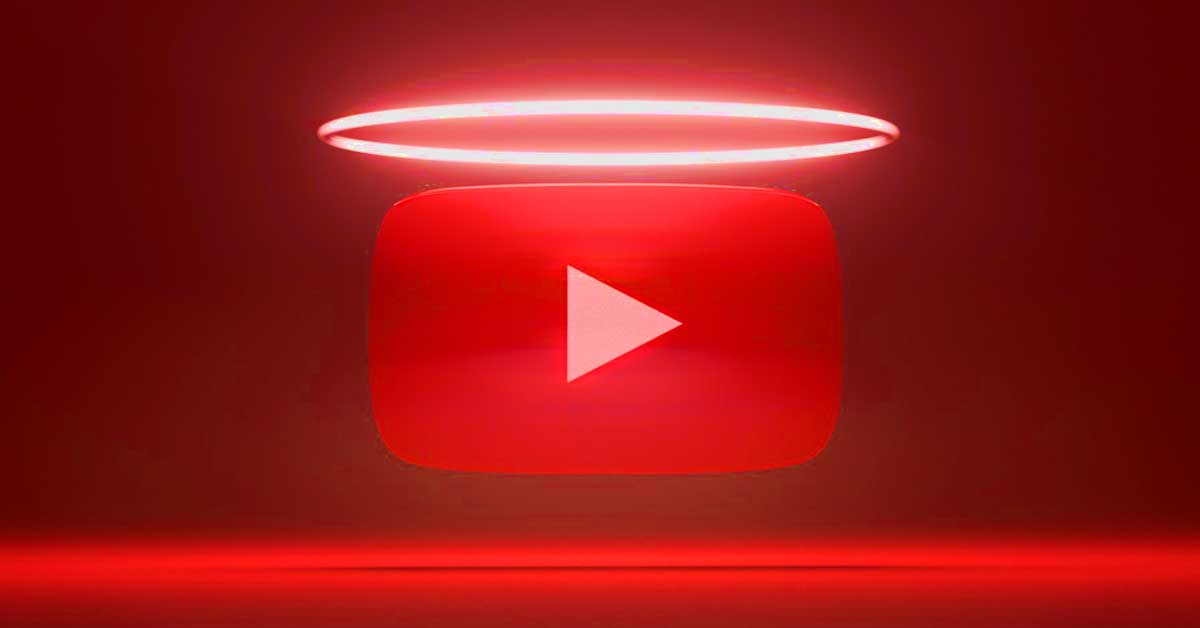
In response to mounting criticism, YouTube took a different approach. They made the Skip Ads button much harder to notice, a move that was seen by many as a deliberate attempt at deception. The goal was clear: to ensure unsuspecting users sat through entire ads, boosting ad revenue but frustrating viewers in the process.
